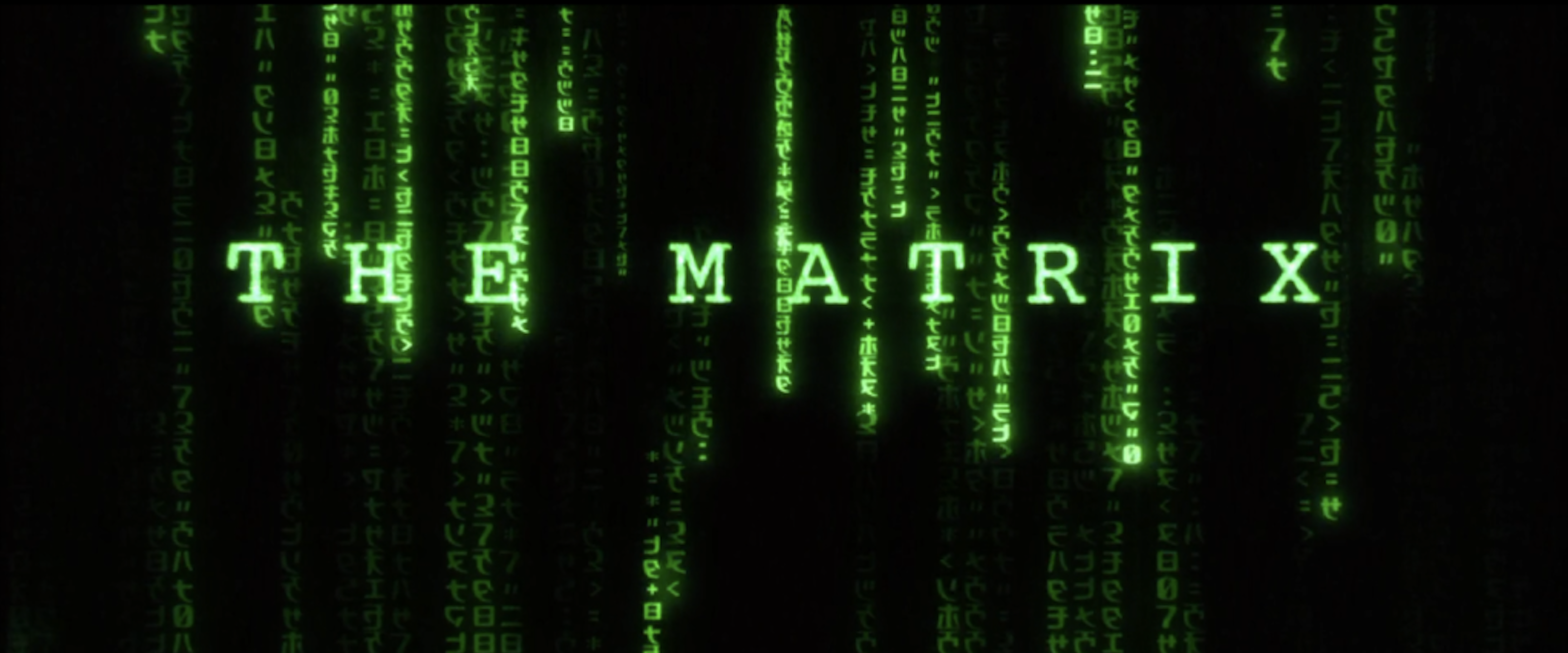With The Matrix Resurrections now out in the world, why not go back to the film that started it all?
When people talk about timeless movies, they often namecheck the cultural landmarks of cinema, things like The Wizard of Oz, North by Northwest, Raiders of the Lost Ark. Films that became the part of the zeitgeist and inspired audiences and filmmakers for decades to come. Add The Matrix to that list. Sibling writer-director team Lana and Lilly Wachowski’s sophomore feature The Matrix immediately made a splash upon its release in 1999, inspiring a slew of parodies, homages, and rip-offs.
Without going too much into the plot (mostly because there have been hundreds of thousands of words written about the plot elsewhere), part of The Matrix‘s appeal is its unique tone: The Wachowskis effortlessly blend action-packed set pieces with cerebral ideas that ask viewers to question their very reality and the meaning of existence. When writing the script, the sisters drew on themes and imagery from cultural and philosophical sources as varied as Stanley Kubrik’s 2001: A Space Odyssey, Hong Kong action films, anime, Christianity, Taoism, Plato’s allegory of the cave, Lewis Carroll’s Alice’s Adventures in Wonderland, and (perhaps most prominently) the simulation hypothesis. But the concepts and questions introduced throughout The Matrix (and its sequels) are so layered that the film has opened itself to countless interpretations (including as a metaphor for transness), one of the reasons the series has cemented its place in the cultural consciousness 20 years after its release.
Perhaps the first thing that strikes you when reading the script is how visual it is. Just take this passage from the opening:
FADE IN:
ON COMPUTER SCREEN
so close it has no boundaries.
A blinding cursor pulses in the electric darkness like a heart coursing with phosphorous light, burning beneath the derma of black-neon glass.
A PHONE begins to RING, we hear it as though we were making the call. The cursor continues to throb, relentlessly patient, until —
MAN (V.O.)
Yeah?
This is one of those scripts where you can just “see” the movie playing in front of you as you read it. And that’s an essential element for an action script: You need kinetic, descriptive visuals that immerse the reader and force them to forget they’re reading a screenplay. (And yes, using “we” in descriptions helps with that, naysayers be damned!)
Another essential element is the set pieces. Audiences have seen a million gunfights and car chases on their screens, so you need to find ways to innovate. One reason The Matrix became such a cultural landmark is because of the set pieces. Throughout the film, the Wachowskis play with time, slowing bullets down to a crawl and speeding up characters to a blur, and they imbue every action scene with a strong element of fun. As with any film, the themes and characters provide substance, but the set pieces deliver the thrills. It’s a perfectly symbiotic relationship: We go to the movies to be thrilled, but the substance is why we connect to them and why they stay with us long after the final scene fades to black.
Check out the original shooting script below, and if you haven’t seen the original film yet, you should really get on it. It’s considered a classic for a reason. As mentioned earlier, the third sequel, Resurrections, is out now (this time with Lana Wachowski directing solo and co-writing with David Mitchell and Aleksandar Hemon), and it serves as a fitting conclusion to the saga, both as a visually stunning sci-fi film and as a moving meditation on love, grief, and change.

